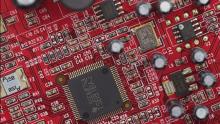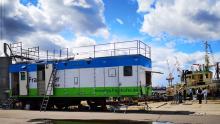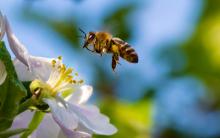New-generation power semiconductors, made in Europe

An EU, industry, national and regional-funded research project has developed the next generation of energy-efficient power semiconductors, using gallium nitride devices on innovative substrates. They can switch more quickly at high voltages and current densities and will power the smaller and cheaper energy-efficient applications of tomorrow.









